A Drill to Improve Pitch Recognition and Reaction Speed Using Colored or Numbered Balls
The Reaction Drill with Colored Balls helps hitters improve their pitch recognition, reaction time, and focus. Players must call out the color or number on each ball before swinging, reinforcing mental sharpness and quick decision-making.
Drilling with colored balls is an effective tool for enhancing a batter’s pitch recognition, reaction speed, and focus. With consistent practice, players will develop sharper mental focus, faster reaction times, and better overall performance in recognizing pitches and handling challenging in-game situations.
Difficulty Rating: ★★★★☆ (Challenging)
Time Estimate: 10-12 minutes
Setup:
- Equipment Needed:
- Colored balls or balls marked with large, visible numbers (you can use colored tape or markers if needed)
- L-screen or protective net (optional for coach safety)
- A bat for the player
- Bucket of balls for the coach
- Player Positioning:
- The batter stands in their regular batting stance, prepared to read and react.
- The coach stands 5-7 feet in front of the batter, behind an L-screen or protective net, ready to toss the balls.
- Tossing Area:
- Ensure there is enough space for both the coach to toss safely and the player to focus on identifying the ball’s color or number.
How to Run the Drill:
- Coach Positioning:
- Stand approximately 5-7 feet in front of the batter, protected by an L-screen or net if possible, and prepare to toss the colored or numbered balls at a controlled, moderate speed.
- Soft Toss Execution:
- Toss each ball underhand at a moderate speed. As the ball approaches the hitter, they must identify and call out the color or number on the ball before deciding whether or not to swing.
- The batter should only swing after calling out the color or number, ensuring they are correctly tracking and processing each pitch.
- Vary the colors or numbers of the balls to keep the hitter focused and engaged, occasionally tossing a ball that requires no swing to keep the player alert.
- Repetitions:
- Perform 10-15 tosses per round, then rotate players or allow for a rest period. For each batter, aim for 2-3 rounds, adjusting based on the player’s focus and reaction time.
- Adjustments:
- For younger or less experienced players, start with just a few colors or numbers and build up to more variety. As players improve, increase the speed of the tosses or add more complexity by requiring batters to call out both color and number.
Why You Run This Drill:
The Reaction Drill with Colored Balls is valuable for developing a hitter’s ability to recognize pitches quickly and respond appropriately. This skill is essential for handling real game situations, where a batter needs to recognize pitch type, speed, and location within fractions of a second. By focusing on identifying colors or numbers, this drill strengthens focus, enhances hand-eye coordination, and helps players stay relaxed and controlled at the plate.
Key Skills Developed:
- Pitch Recognition: The drill improves a player’s ability to identify pitches and react quickly, essential for handling different pitch types and speeds.
- Reaction Speed: By forcing the player to call out colors or numbers before swinging, the drill enhances reaction speed, making the player quicker and more prepared to handle game-like pitches.
- Focus and Mental Sharpness: This drill reinforces concentration and mental engagement, training players to stay locked in on the ball and make split-second decisions.
Pros and Cons
Pros:
- Improves Pitch Recognition and Focus: This drill enhances the batter’s ability to focus on the ball, improving pitch recognition.
- Builds Reaction Speed: The player must quickly identify and respond to visual cues, improving reaction time and mental processing.
- Simulates Game-Like Focus Needs: Encourages the batter to stay relaxed and engaged, preparing them for real game situations.
Cons:
- Can Be Challenging for Younger Players: The reaction time required may be difficult for younger or less experienced players, so adjustments may be necessary.
- Requires Extra Equipment or Preparation: You may need to mark balls with colors or numbers, requiring some preparation or additional materials.
- Not Focused on Mechanics: While the drill enhances focus and timing, it is not primarily aimed at swing mechanics, so it should be combined with other hitting drills.
Coaching Notes & FAQs
Coaching Tips:
- Encourage Quick but Controlled Reactions: Remind players to stay relaxed and make quick, decisive calls without overthinking or rushing. The goal is to see and react, not to rush the swing.
- Focus on the Eyes: Reinforce the importance of tracking the ball with their eyes all the way from the coach’s hand to the bat.
- Mix in Fake Tosses or Non-Swing Balls: Occasionally toss a ball that the batter should not swing at, such as a ball with no number or a different color than what they’re tracking. This keeps players engaged and on their toes.
Frequently Asked Questions:
- What if the player struggles to recognize the colors or numbers in time?
- Slow down the toss speed or reduce the number of colors/numbers. As the player’s focus and reaction improve, gradually introduce more variation and increase the speed.
- How do I adapt this drill for younger players?
- Start with only two or three colors or large, simple numbers. Toss at a slower speed to give them more time to track the ball and call out the color or number.
- How often should this drill be used in practice?
- This drill can be used 1-2 times per week as part of a broader hitting practice routine. It’s especially useful when preparing for game situations that require quick recognition and reaction.
- Can this drill be combined with other hitting drills?
- Yes, this drill pairs well with traditional soft toss or live pitching drills. You can also use it as a warm-up drill to engage focus before moving into full hitting practice.
